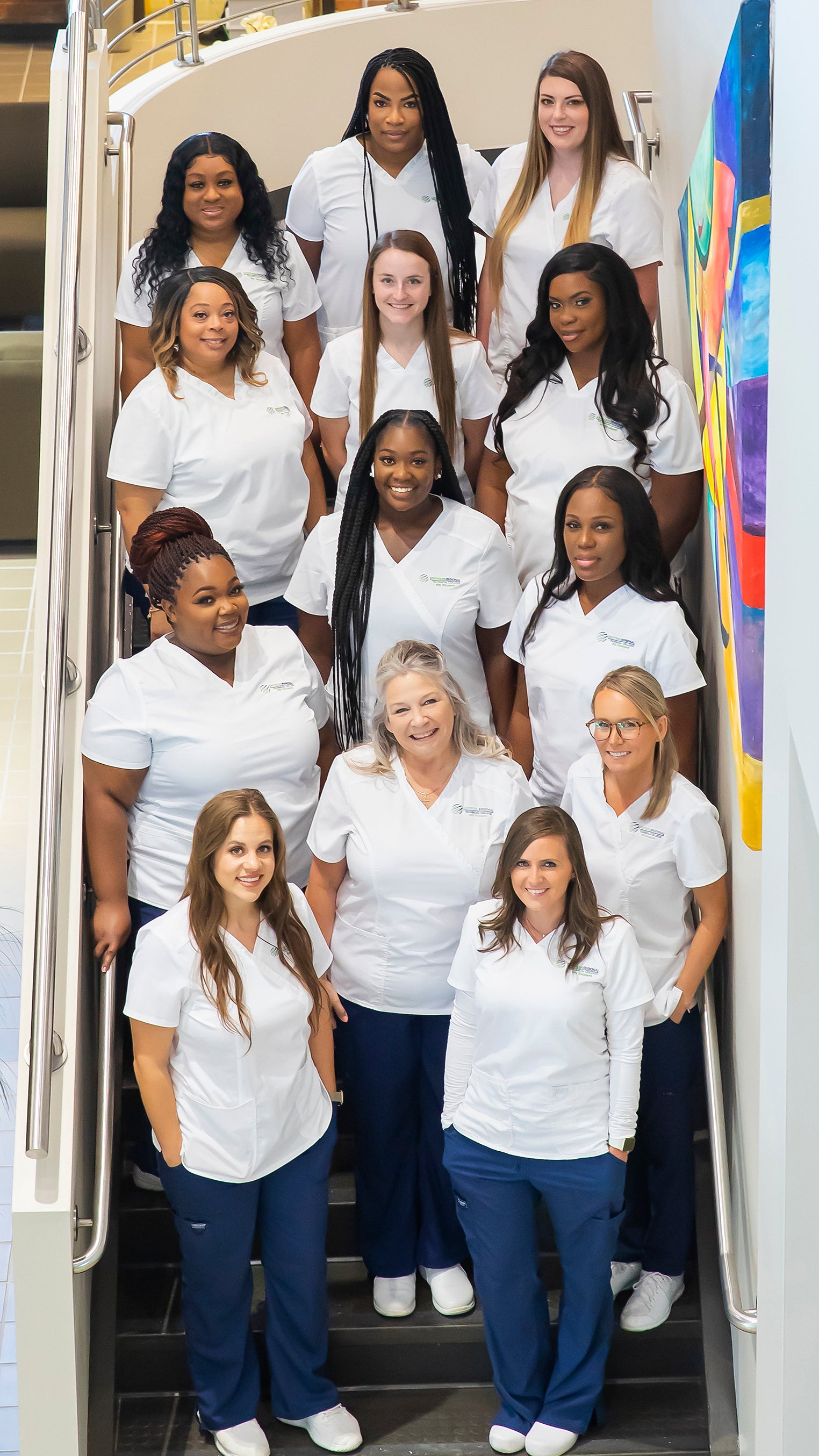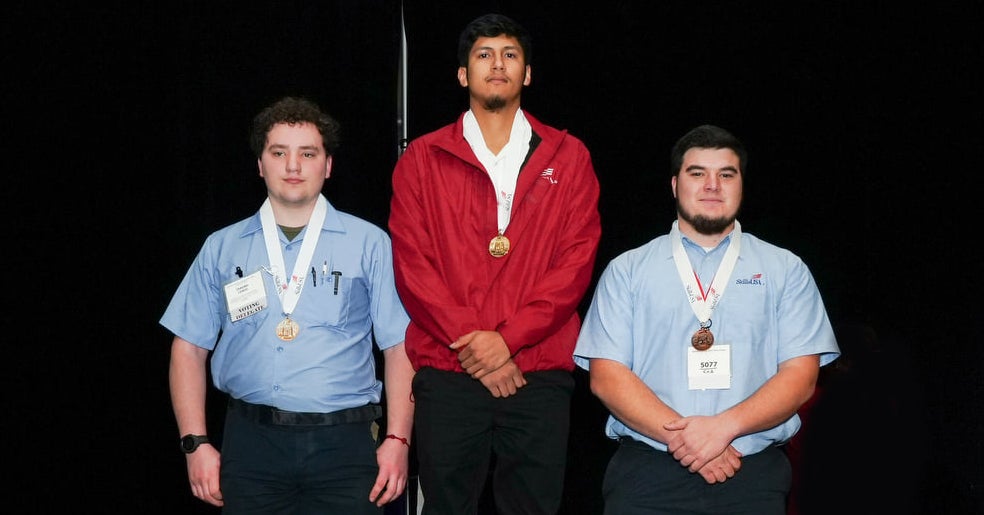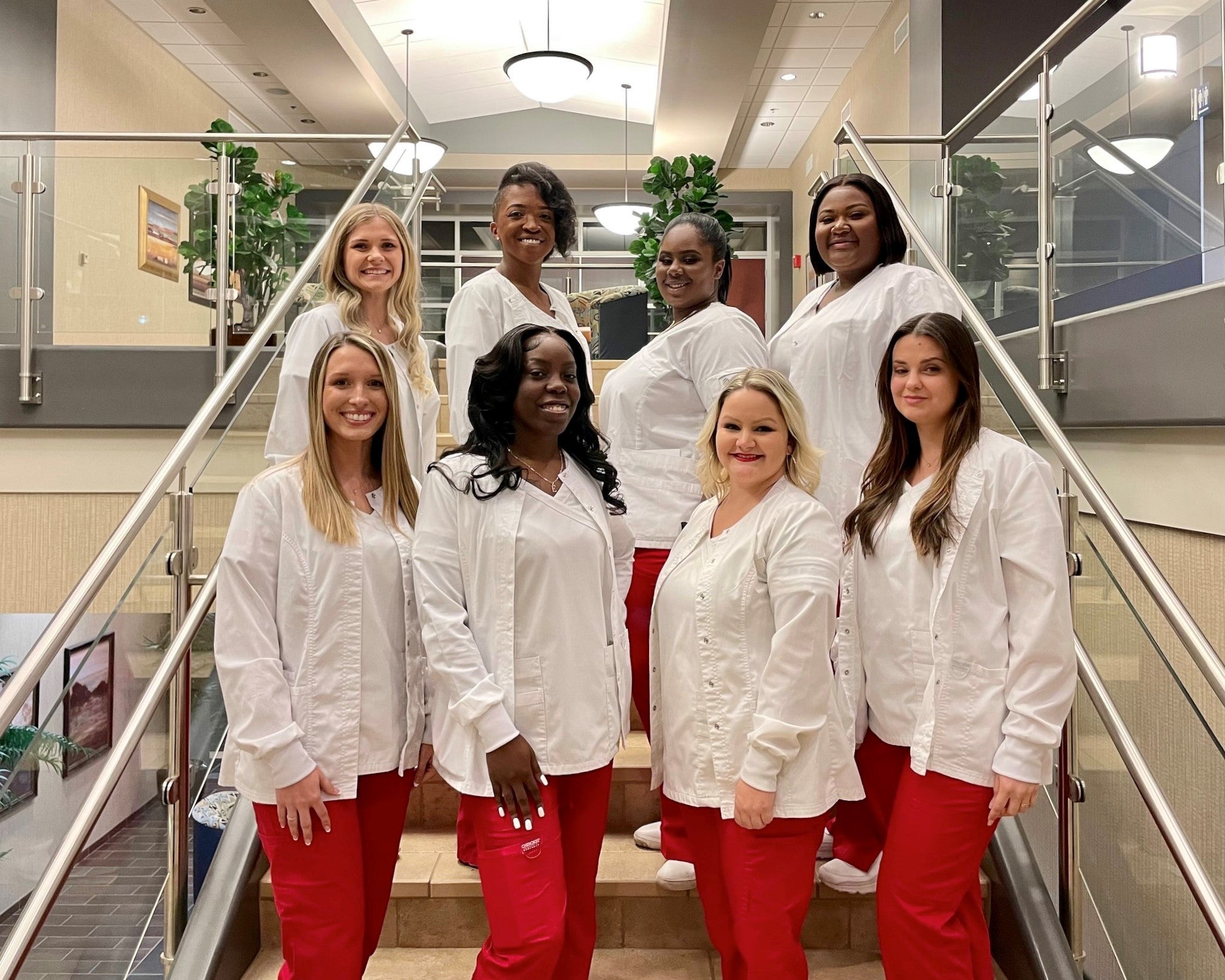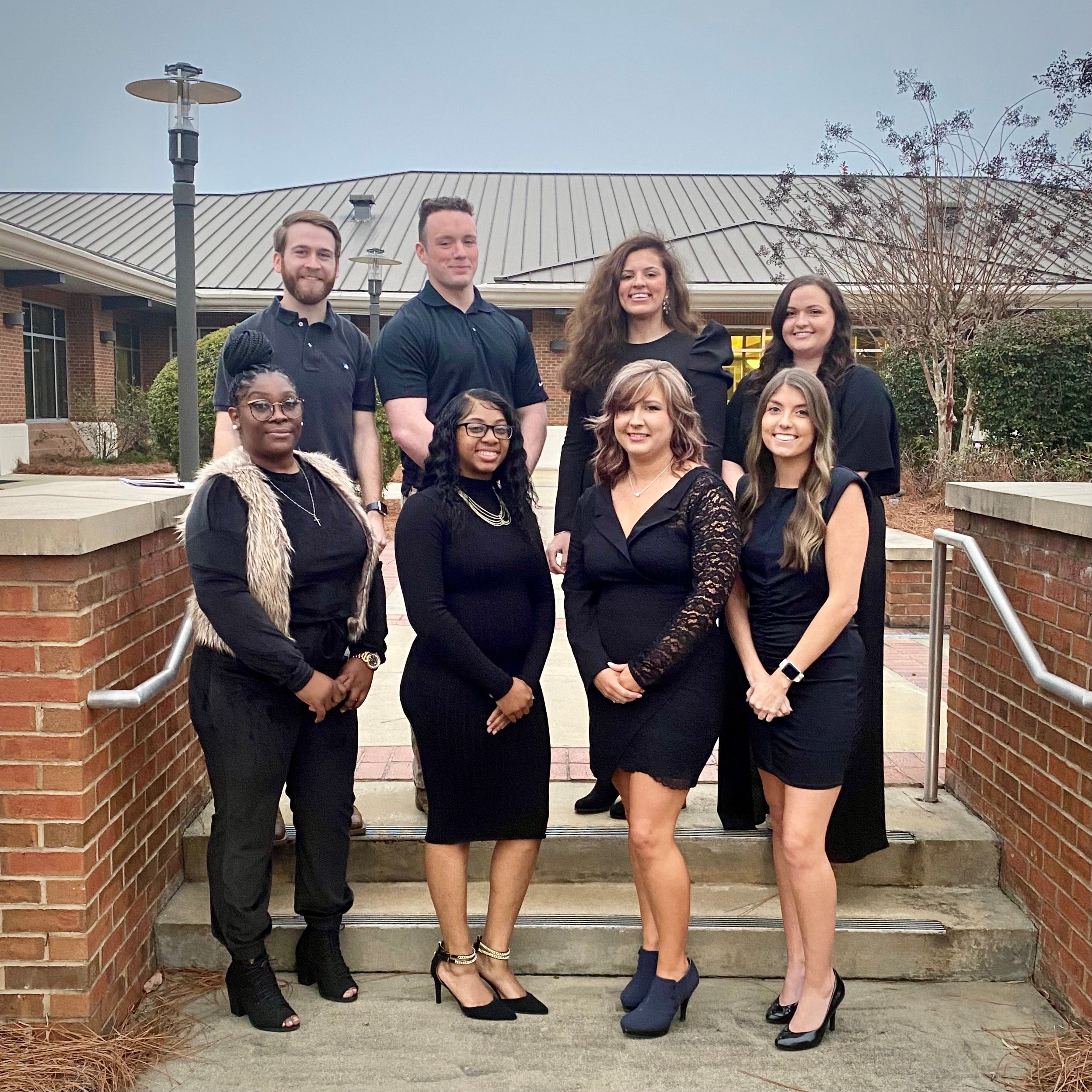Bangs and blasts light up interest in science
Published 8:24 am Friday, February 24, 2012

WATCHING TO MAKE SURE CO2 bubbles are ready for the taking, Bainbridge College students Wes Potter of Whigham, Tanner Walker of Bainbridge and Marcus Starling of Cairo, and BC professor Juan Gomez watch as third-grader Noah Majors awaits a bubble.
By CAROL HEARD
BC Communications Specialist
There’s nothing like starting class with a bang, and that’s exactly what Bainbridge College Assistant Professor of Chemistry Eric Dueno of Havana, Fla., did recently at Southside Elementary School in Cairo, Ga.
With approximately 150 students in first through fifth grades quietly sitting in the school’s auditorium, the atmosphere quickly turned into ohs, ahs and laughter as a BC team of professors, students and a father of one of the professors created “elephant toothpaste,” turned hydrogen gas-filled balloons into fireballs, and showed off bubbles of gas.
The demonstration ended with small rockets blasting off in the playground and then more bangs from liter-size soda bottles exploding.
Dr. Dueno said all of this is in hopes to inspire youngsters to pursue sciences.
Assisting in the experiments were: Assistant Professor of physics Juan Gomez of Bainbridge, Bainbridge College students Tanner Walker, Taylor Kirkpatrick and Hieu Nguyen, all of Bainbridge, Wes Potter and Whitney Poppell, both from Whigham, Ga., and Marcus Starling of Cairo; and retired Army Col. Hector Dueno of Tallahassee, Fla., who is the father of Dueno.
The demonstration started when Dr. Dueno ignited a small amount of isopropyl alcohol in a five-gallon plastic jug, which produced a loud whistling noise and then a large flame.
Walker demonstrated how the Hindenburg disaster was caused. The Hinderburg was the hydrogen gas-filled German-built airship that was destroyed in a huge fireball in 1937. Walker created a miniature Hindenburg by generating hydrogen gas from aluminum and sodium hydroxide that he put into a flask.
He then placed a balloon over the flask and the hydrogen gas evolved and filled the balloon. Then he held the balloon over a candle to show how the hydrogen gas reacted with the flame. Even for such a small object, it still created an amazing fireball.
Potter and Walker showed what happens when carbon dioxide and dry ice are mixed. Second-grader Mo Wilson and third-grader Noah Majors each held up bubbles of carbon dioxide to the class and then touched them, popping the bubbles into small vapor clouds of gas.
Col. Dueno demonstrated the properties of a salt solution conducting electricity. He placed a cord of an open-circuit light bump into a beaker of distilled water. When Col. Dueno plugged in the light bulb cord, it didn’t light. But when he added table salt to the water, the sodium chloride ions caused the bulb to begin glowing.
Dr. Dueno demonstrated how different metals produce different colors when burned. He also showed how the varying amounts of copper in pennies react differently when nitric acid is added. Pennies minted after 1981, which are only copper-coated, hardly reacted when the acid was added, but pennies minted before 1981, which are pure copper, were consumed by the acid, leaving only a blue-colored solution.
Dr. Gomez used a bicycle wheel to demonstrate the properties of kinetic energy by showing that he couldn’t hold the stationary wheel with two of his fingers, but when he began spinning the wheel, it was easy for him to hold the moving wheel with just two fingers.
Later, several Southside students were asked to push the button that launched several small rockets set up on the playground of the school by Dr. Gomez.





